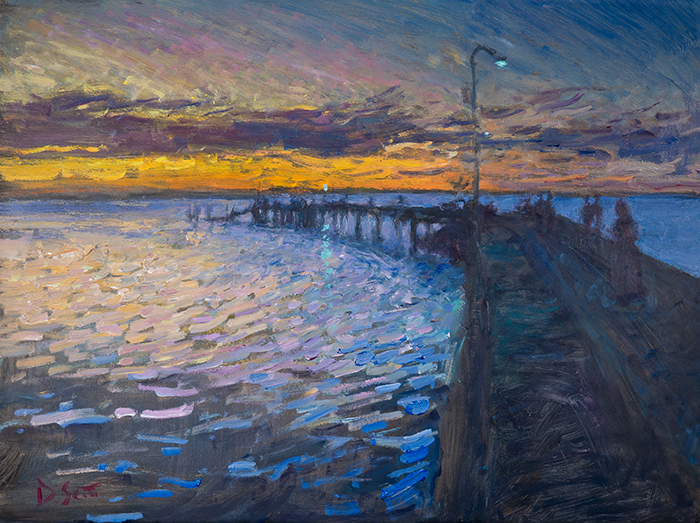Color: Learn What It Means and How to Use It Effectively as an Artist
Color is a fascinating but remarkably complex area. You could dedicate your life to studying color and still only stretch the surface of it. Many artists have.
- Recap: What are Analogous Colors?
- Use the Stain as a Point of Contrast
- Compress the Values
- Visible Brushwork and Texture
- Dark or Colorful Accents
- Key Takeaways
- Want to Learn More?
- Thanks for Reading!

Color Theory
A Comprehensive Guide on the Color Wheel for Artists (Plus How to Make Your Own)
A Comprehensive Guide to Color Theory for Artists
A Guide to Color Schemes in Art and How to Use Them Effectively
Color Saturation – The Ultimate Guide for Artists
Color Mixing
Color Mixing and Application – The Ultimate Guide for Artists
Creating the Richard Schmid Color Charts
Split Primary Color Palette – Using It to Mix Vivid Secondary Colors
How to Mix Vivid Greens and Why You Must Understand Color Bias
5 Questions To Ask Yourself When Mixing Colors
The Zorn Palette – What It Is and How You Can Use It
How We See Color
Subtractive and Additive Color – Different Systems for How We See Color
Color and Light – How to Paint Under Different Light Sources
Color and Light – What Is Color Temperature
Are Black and White Actually Colors?
Broken Color and Optical Color Mixing
Color Techniques
Using Color Studies to Explore and Test Different Color Arrangements
How to Create Dramatic Paintings in a Low Key
How to Paint in a High Key (Plus Master Painting Examples)
How To Use Increased Color Saturation To Draw Attention To Your Focal Point
Why Broken Color Is So Effective for Painting the Landscape
